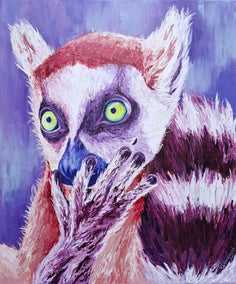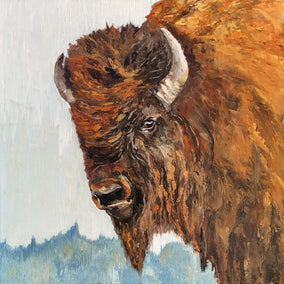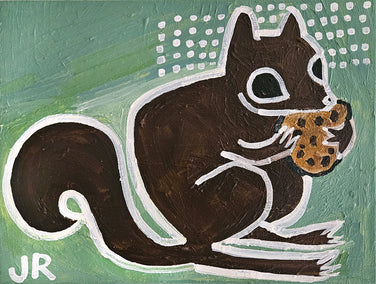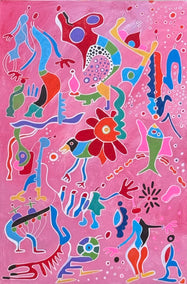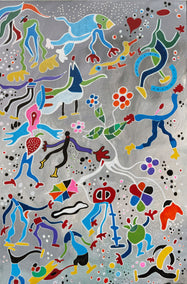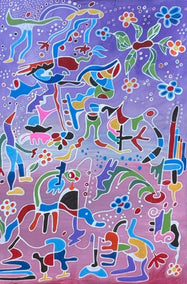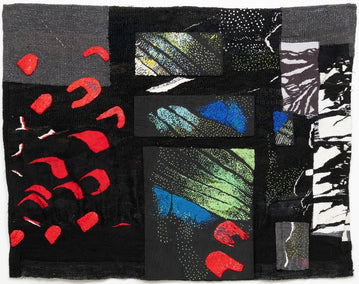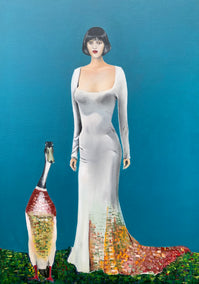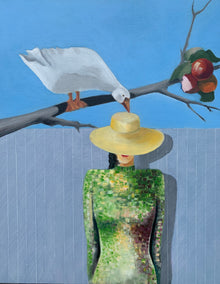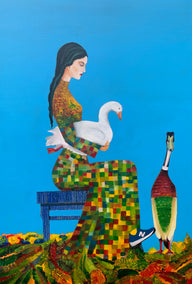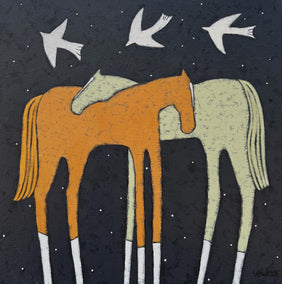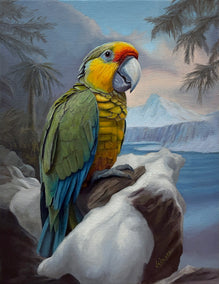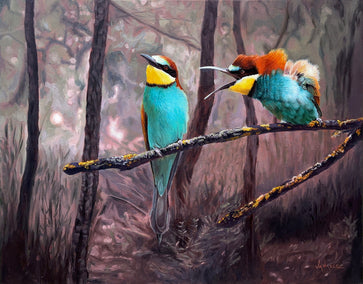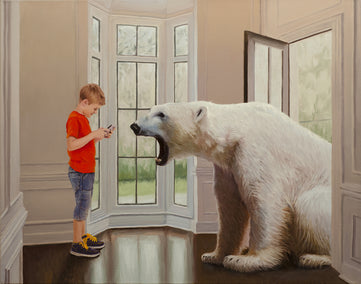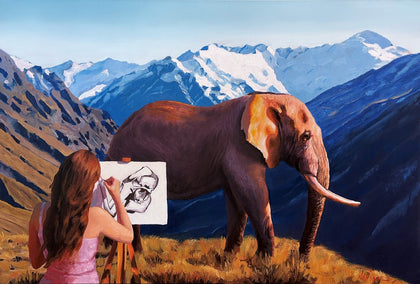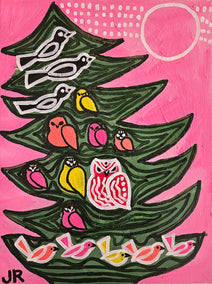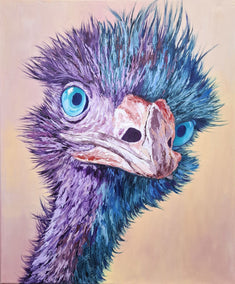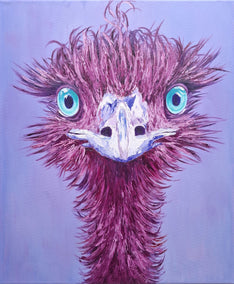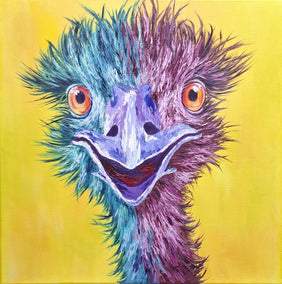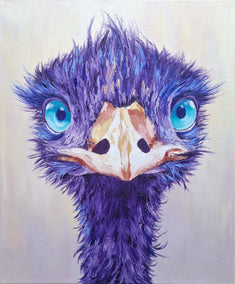Animal and wildlife artists were recognized in the art world in the early 18th century, with naturalist, writer, and painter John James Audubon prominent among them. His dual interests in art and ornithology became the leviathan task of creating a pictorial record of all the bird species of North America, some of which are extinct today.
Audubon obtained his subjects by what today is referred to as “the barrel of the shotgun” method. Killing the birds, he used a complex system of strings and wires to position them so as not to depict them stiffly, as was the practice, but rather dynamically as they might be observed in their habitats.
Consisting of 435 hand colored, life-sized prints, each painstakingly made from engraved plates, the book would take 14 years to complete. Audubon was 35, bankrupt, and just released from debtor’s prison when the idea for the project occurred to him. To help support her husband’s endeavor, Audubon’s wife, Lucy Bakewell, went to work as a teacher, becoming the family’s primary breadwinner.
Audubon went to Philadelphia and New York in 1823, and to Europe three years later, in a daunting pursuit of financial support for his project. He achieved this through lectures on ornithology and frontier life, seizing every opportunity to present his portfolio to wealthy prospects. The copper engraving plates were sold on a subscription basis on both continents, with King George IV, Lord Spencer, French King Charles X, and Americans Daniel Webster and Henry Clay among his most ardent supporters. Subscribers received five plates at a time, along with prints of three smaller birds, a mid-sized bird, and a large one, for a total cost of $1,000 - in the vicinity of $25,000 today. The book would ultimately cost an astronomical $2,000,000 to print in today’s dollars.
